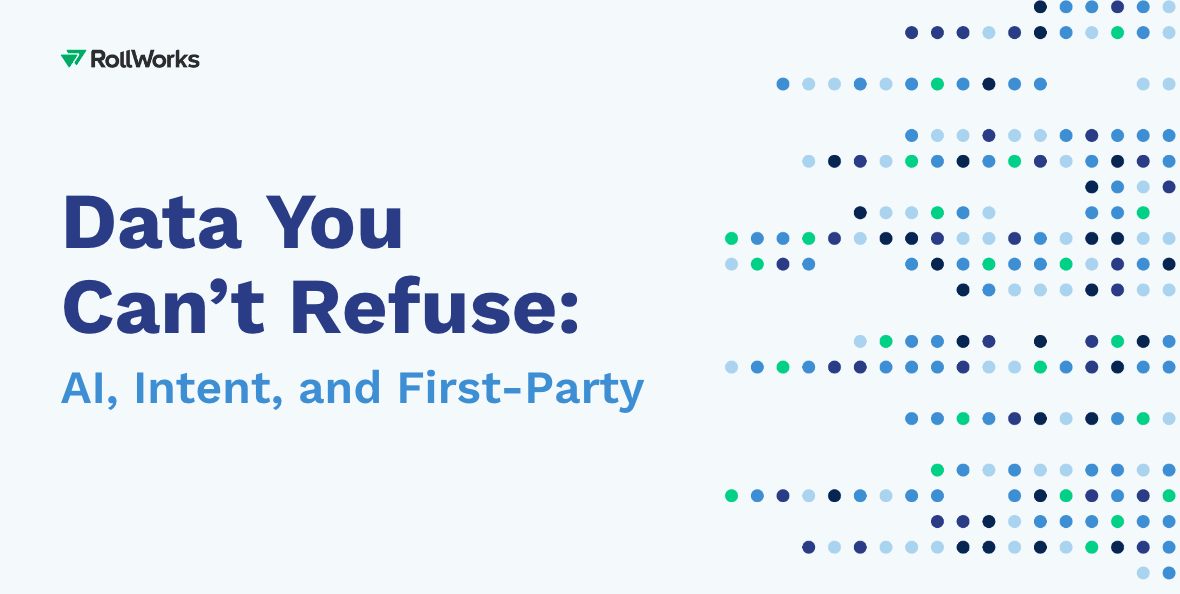Just when we thought third-party cookies were ready to crumble, it turns out they’re staying fresh in the digital marketing cookie jar a bit longer. These small data files, which have been the secret ingredient in online advertising for years, will continue to be a key component, giving marketers more time to perfect their recipes for success. However, privacy concerns and regulatory crackdowns still loom, meaning it’s crucial to stay prepared and innovative.
With third-party cookies sticking around, it’s the perfect moment to reinforce and innovate your strategies to keep delivering personalized and effective campaigns. Here’s how we can understand cookies, their ongoing impact, and how to thrive with these tools still in our arsenal.
What Is a Cookie?
A cookie is a small file created by websites and stored in a special area linked to a user’s web browser. They come in three main categories:
- First-Party Cookies: Set by the website you visit directly.
- Second-Party Cookies: Rarely used and involve sharing information between websites.
- Third-Party Cookies: Set by domains other than the one you’re visiting, such as advertisers or analytics providers.
Third-party cookies have been particularly controversial due to their ability to track users across different sites without explicit consent. Despite their controversy, they’ve been a cornerstone of digital marketing.
The Significance of Third-Party Cookies in Marketing
Third-party cookies have been vital for various marketing techniques:
- Retargeting: Serving ads to users based on their past behavior.
- Affinity Grouping: Categorizing users based on interests and behaviors.
- Ad Engagement Tracking: Monitoring how users interact with ads.
- Cross-site analytics: Tracking user behavior across multiple websites.
- Account Identification for ABM: Identifying and targeting specific accounts.
The removal of these cookies means that marketers need to find new ways to achieve these functions.
The Challenges and Alternatives
The primary challenge with eliminating third-party cookies is finding robust alternatives that offer similar functionality. Here are a few alternatives and new approaches emerging in the industry:
- First-Party Data: Leveraging data collected directly from your audience.
- Google's Privacy Sandbox: A set of proposals to create web technologies that both protect user privacy and allow advertisers to perform necessary tracking.
- Federated Learning of Cohorts (FLoC): Grouping users with similar interests while maintaining individual privacy.
- Contextual Advertising: Targeting ads based on the content users are consuming rather than their personal data.
A Brief History of Cookies
Cookies have been around since 1994 when Netscape created them to store shopping carts and login information. Despite their utility, they quickly became controversial:
- 1996: Privacy concerns lead to hearings by the U.S. Federal Trade Commission.
- 2000s: EU regulations begin requiring user consent for cookies.
- 2018: GDPR sets stringent rules on data privacy, influencing global practices.
- 2020: Apple introduces Intelligent Tracking Prevention in Safari.
- 2024 :Google's decision to continue supporting third-party cookies in Chrome, signaling a significant industry decision.
How RollWorks is Leading the Way
RollWorks remains a trusted partner, helping businesses navigate these changes. Our active involvement in initiatives like Google’s Privacy Sandbox ensures we stay ahead of industry developments, guiding our clients with expertise and confidence.
Embrace the Future with RollWorks
Navigating the complexities of digital marketing with third-party cookies still in play doesn't have to be daunting. By adopting new technologies and strategies, you can continue to achieve your marketing goals. Trust RollWorks to help you adapt and succeed in this ever-changing era of digital marketing.
About the Author
Follow on Linkedin More Content by Alysha Parker, Content Marketing Manager































